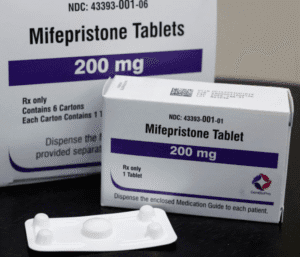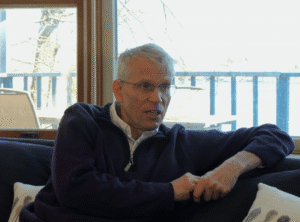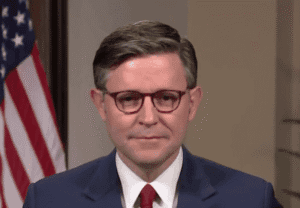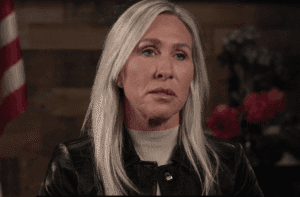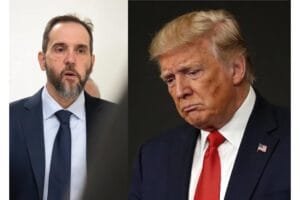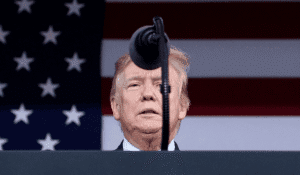WHO Launches Bold New Guidelines to Boost Global Access to Lifesaving Medicines
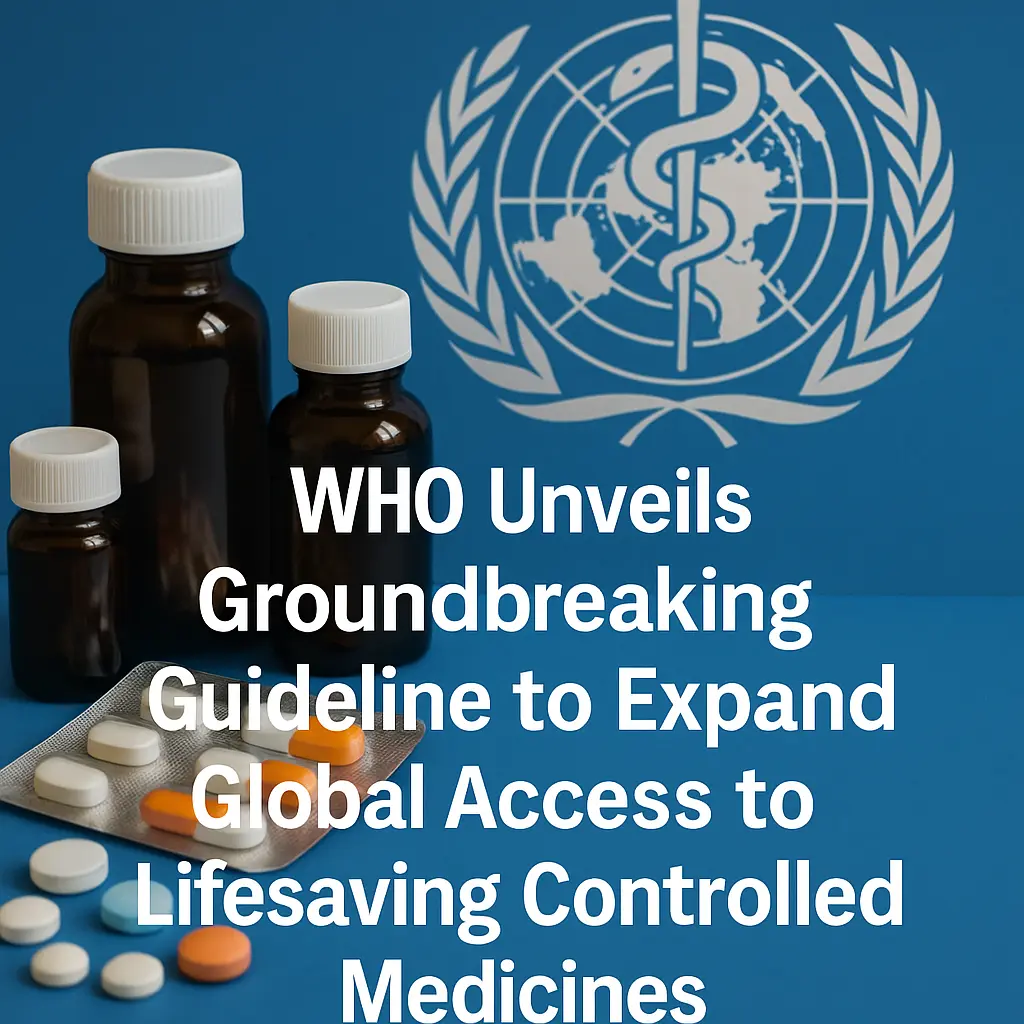
The World Health Organization (WHO) has released a powerful new guideline aimed at transforming how countries manage access to controlled medicines—vital treatments used to relieve pain, support mental health, and address substance use disorders. The guideline was unveiled during a high-level event at the 78th World Health Assembly on May 23, 2025, signaling a major step toward equitable healthcare worldwide.
“These medicines can ease suffering, restore dignity, and save lives,” said Dr. Yukiko Nakatani, WHO Assistant Director-General for Access to Medicines and Health Products. “It is unacceptable that millions still go without them. This guideline empowers governments to ensure access without compromising safety.”
Controlled But Critical: The Dual Nature of These Medicines
Controlled medicines—such as opioids, benzodiazepines, amphetamines, and ketamine—play an essential role in treating serious health conditions. However, because of their potential for misuse and addiction, they are tightly regulated. Unfortunately, these restrictions often go too far, limiting access even for patients in desperate need.
Despite growing demand, access remains severely unbalanced. More than 80% of the world’s morphine is distributed in high-income countries, leaving millions—especially those in low- and middle-income countries (LMICs)—without adequate pain relief or treatment. For example, 5.5 million terminal cancer patients in LMICs endure needless suffering due to lack of access, and 75% of people with epilepsy in these regions remain untreated.
A New Roadmap for Safer, Fairer Access
WHO’s updated guideline offers a detailed framework for governments to create balanced national policies. The aim: to improve access while minimizing risks. Key recommendations include:
- Accurately forecasting medical needs to avoid shortages or waste.
- Eliminating unethical or misleading pharmaceutical marketing.
- Strengthening supply chains to ensure consistent, equitable distribution.
- Supporting local production where possible.
- Ensuring access to opioid agonist treatments for addiction care.
- Enhancing education and training for healthcare workers and the public.
The guideline also emphasizes the need for clinical policies free from commercial influence and encourages countries to take patient-centered, non-discriminatory approaches.
From Policy to Practice: Closing the Global Treatment Gap
The launch event, moderated by WHO’s Deusdedit Mubangizi, featured prominent speakers calling for swift action. Ambassador Christophe Payot of Belgium urged stronger international cooperation to bridge the access gap, while keynote speakers Dr. Julia Downing and Dr. Afarin Rahimi-Movaghar stressed the need to implement the new guideline urgently, especially for palliative care and vulnerable populations.
A diverse panel of global health experts, including advocates in pain management and cancer care, shared powerful testimonies of the suffering caused by restricted access. Former Swiss President Ruth Dreifuss closed the session with a powerful message: “Inaction is not an option. Denying people essential medicines is a failure of both public health and human rights.”
What’s Next?
The WHO’s full guideline—“Balanced National Controlled Medicines Policies to Ensure Medical Access and Safety”—will be published online in June 2025. It forms a crucial part of the organization’s wider roadmap to ensure access to essential health products for all.
This initiative marks a turning point in the global movement for health equity, with a clear call to governments: safe access to controlled medicines isn’t a luxury—it’s a human right.
Source: Who.int

